Real happiness means having a spacious and calm mind. Happiness is not just about having fun. We become happy when we develop a grounded mind that isn’t influenced by whether we have a good day or a bad day. By examining, we can realize that what we normally consider happiness is not reliable. When we investigate closely, we come to see that our normal happiness is rather shallow. But Rinpoche is not saying “don’t go to parties ” or “don’t have any fun”. But simply realize that when you don’t have calmness you can’t produce or maintain positive thoughts.
We benefit from developing a basic ground. We can refer to this state as peaceful or calm. Rinpoche prefers the term “spacious” or “spaciousness.”
Spacious Mind Eases Worry
Normally, we worry about many different subjects. We have work, study, and relationships to worry about. But we can develop an antidote– a spacious mind. Space allows us to accommodate whatever is happening. Right now, our minds are tight. And our vision tends to be narrow. When we are tight, then patience and joy disappear. And simultaneously, all our activities don’t really make us happy. Or bring happiness for a very short time.
Sometimes if we use the term “meditation” it sounds too heavy. It sounds like it involves a lot of work. We think, “I have to meditate, or I should meditate”. That sounds difficult. Rinpoche advises us to think of this process as “creating space” instead.
Time to Create Some Space!
Go beyond walls!
You can do this at any time of day and wherever you are. The position doesn’t matter so much. It works very well when you stand. Perhaps walk to the window and take a look outside. Nobody else needs to know that you are practicing. You don’t need chimes or bells, or anything special for this practice.
It doesn’t matter if your eyes are open or closed. Imagine the vast spaciousness around you. Just imagine! And breathe in that space.
When you really stop and feel this way, you can sense an openness in your heart. Your chest actually opens. When you feel this –maintain that feeling. Now you can look at your problems without difficulty. Your body and mind are not stressed. Practice this throughout your day and you will find a difference in the way you work and in the way you relate to others. But, you have to try it yourself!
How to Practice:
 The whole idea is to create the space, feel it, and relax into that feeling. Don’t forget the spaciousness when you look at a problem. You can now see different angles to solve the problem because you are not wrapped up in it. This is how meditation helps — it helps you create the space and calm the mind. But the key is not just calmness — you need the spaciousness! When your mind is spacious you don’t take things too personally. Compare this to your habitual reaction — there are a lot of things we take personally. Rinpoche uses the example of a yellow traffic light — creating space gives us the time to see things clearly.
The whole idea is to create the space, feel it, and relax into that feeling. Don’t forget the spaciousness when you look at a problem. You can now see different angles to solve the problem because you are not wrapped up in it. This is how meditation helps — it helps you create the space and calm the mind. But the key is not just calmness — you need the spaciousness! When your mind is spacious you don’t take things too personally. Compare this to your habitual reaction — there are a lot of things we take personally. Rinpoche uses the example of a yellow traffic light — creating space gives us the time to see things clearly.
Reflection Exercise: Being Spacious
Think of a few moments in your day when you have a chance to open up to spaciousness.
During your week, pay attention and see if you can transform time and go beyond walls. When you wait in a line, can you allow your mind to open? What other opportunities arise–for example when you wash dishes or do small tasks around the house? Or as you commute to your work? Plan “spaciousness breaks” and slowly start to build this habit.
Please share your experience of spaciousness breaks. Do you see them start to come more automatically as your practice? How many times a day can you refresh yourself with spaciousness? And how does this change your mindset and your behavior?


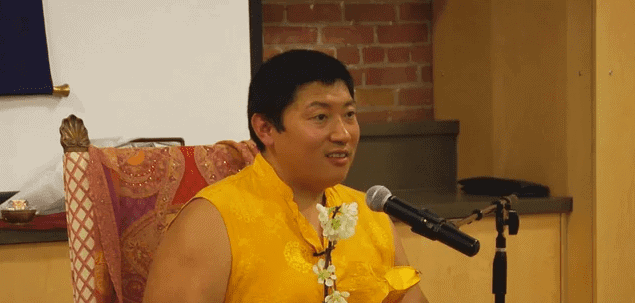

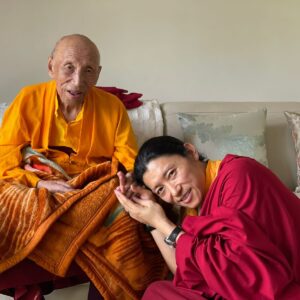
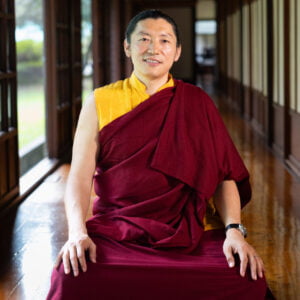
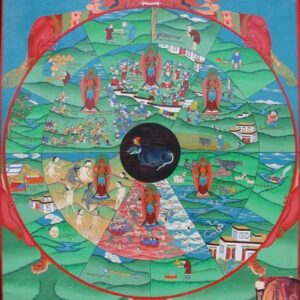
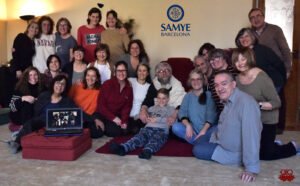
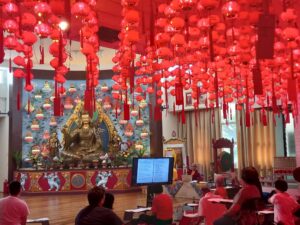

Responses
What beautiful guidence. Thank you so much for putting your great advise online. The heart and mind seem to open up at the same time.
It seems this teaching is good for us westerners . I have to try it on my wife and her close friends, if we can obtain benefit, the practice might spread and some families could benefit .